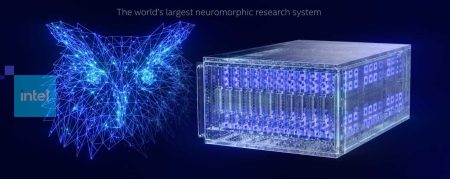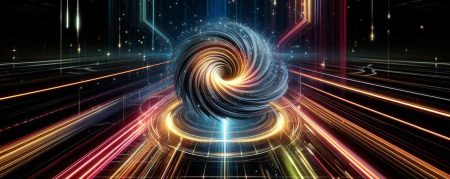Creating a computer from clusters of brain cells is the idea pursued by some researchers and engineers. This “living” hardware would make it possible to benefit from the advantages of the brain, starting with its low energy consumption.
To function, our brain – with its 100 billion neurons – uses only about twenty watts. By comparison, an artificial network of as many neurons requires about ten million watts, or 500,000 times more. It became clear that we were not using the right tool: if we want to simulate neurons, it is a shame to use artificial neurons when they already exist in their natural state. ” explains Fred Jordan, co-founder of FinalSparkThis Swiss start-up is one of the players who want to build a biological computerbased on brain cells.
Like any computer, this one will have the vocation to encode, process and store information. The difference lies in the processing part, carried out using organoids. These cellular aggregates of approximately half a millimeter in diameterare made up of pluripotent stem cells, capable of reproducing cells, in order to imitate part of the structure and functions of the brain.
How does this system work? The input information is transformed into a series of electrical pulses and delivered to the organoid by a network of microelectrodes. Once processed by the neurons, it is recaptured by recording their electrical activity. All that remains is to decode the spatiotemporal output signal using machine learning algorithms, such as classifiers. For the organoid to succeed in the requested task, a neuromodulator can be used to “reward” a good response.
« What is interesting here is to see the neuron as a small machine “, notes Fred Jordan. A machine that has already passed initial encouraging tests, for example in voice recognition. At the end of 2023, American researchers showed that their biological computer, after training, was able to recognize in 78% of cases the speaker among eight people present.
This work falls within the field of neuromorphic computingwhose idea is to create algorithms and hardware that mimic the structure and functioning of the brain. With organoids, researchers and engineers hope to design machines suitable for AI applications: these would thus benefit from brain plasticity (neuroplasticity) or progressive learning while consuming less energy, in particular thanks to an architecture where the storage and memory components are not separated. FinalSpark thus plans to eventually offer cloud computing services that can be used like any other computing center.
But before we can use these organoid-based computers, there are many challenges to overcome. Starting with improving learning: ” This is really our priority at FinalSpark. “, insists Fred Jordan. For organoids to be an attractive solution, it is necessary to succeed in modifying the neural networks in a sustainable way, so that they return reliable responses, consistent over time. For the moment, organoids are only showing their first signs of plasticity.
When this capacity is reached, several other challenges will have to be overcome. The cell clusters will have to be made to grow and kept alive for longer. For the time being, the organoids survive at best for a few months and the largest ones necrotize in the center. But it will also be necessary to work on the standardization of these cell clusters and on the reliability of the interpretation of the output signals. A scaling up and exploitation of this computer hardware for concrete use cases will then be possible. Then, ethical questions around pain or consciousness will perhaps be invited into this quest for the computer based on living cells…
READ ALSO :
news"/>

Newtech
The era of neuromorphic computing is approaching
READ ALSO :
news"/>

Newtech
Skyrmions: Energy-efficient computing using magnetic vortices
